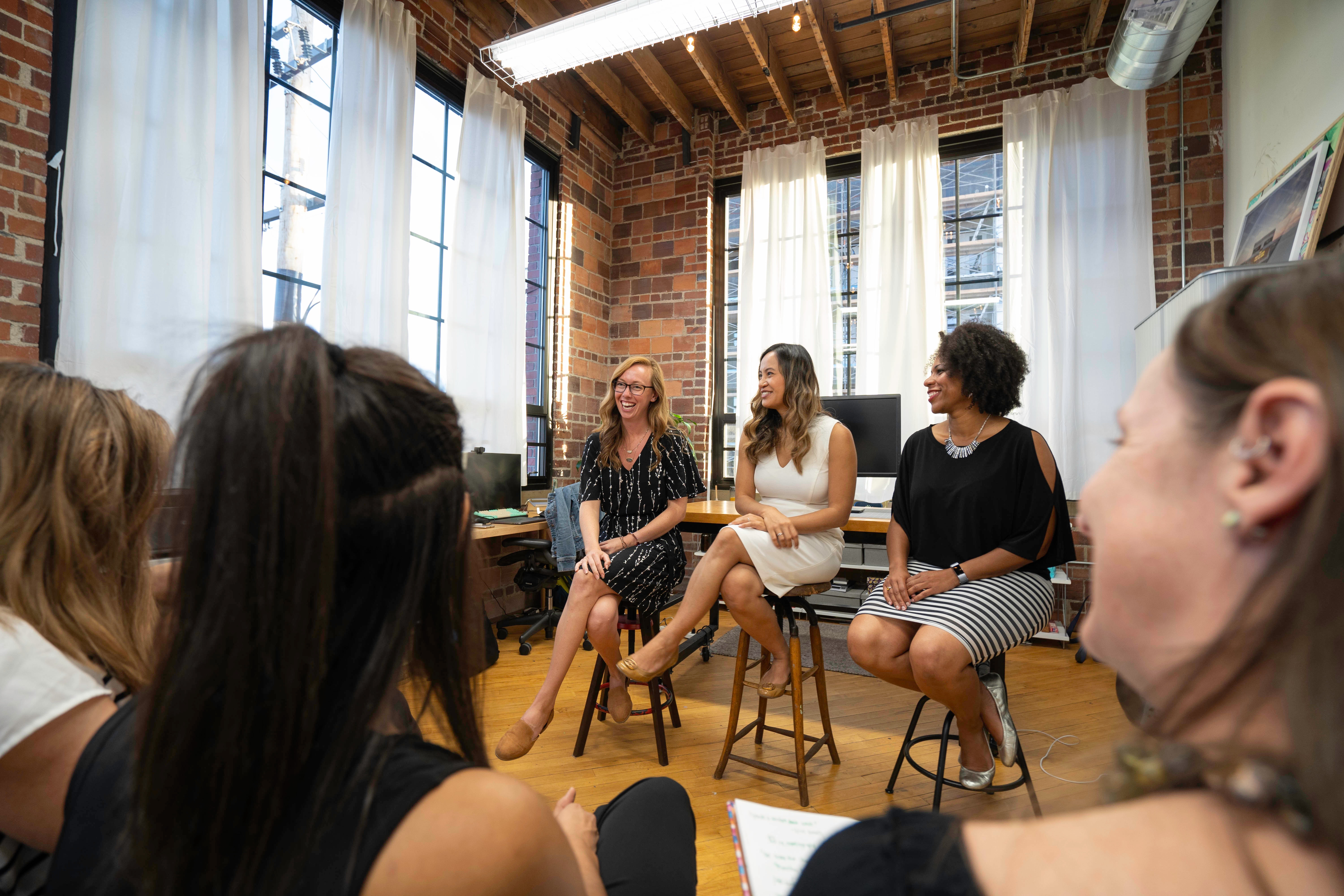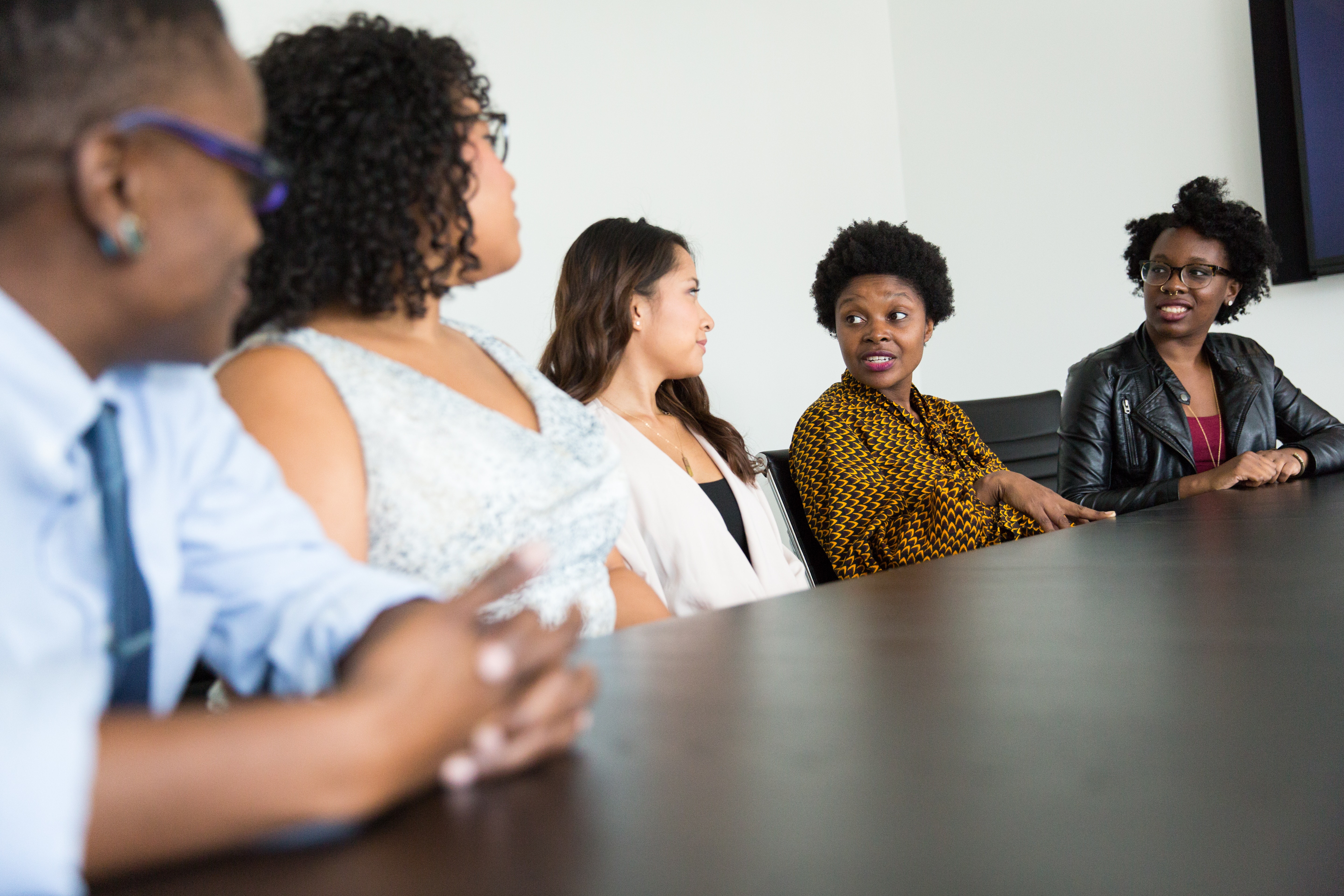Volunteer management in the age of Covid-19: A Wider Circle
Published:
Adam Albanese serves as the Director of Workforce Development for A Wider Circle, a nonprofit with centers in Silver Spring, MD, and Washington, DC, aiming to eliminate poverty. Their holistic approach includes creating stable homes, workforce development, and neighborhood revitalization.
Covid-19 has completely changed the way A Wider Circle operates its Workforce Development program. As the world opens back up, Adam is now trying to merge both in-person and virtual components to make the most robust program possible. He recently sat down with Hollie Mhlanga, Marketing Manager for RiseKit, to discuss his challenges, successes, and what an updated version of the Workforce Development program will look like.
HM: Can you describe your role and your responsibilities?
AA: Yes. I'm the Director of Workforce Development. I run the Workforce Development program, which currently is myself, one full-time career counselor, and a network of volunteers. I am also serving clients directly, including one-on-one counseling and facilitating classes and group workshops.
HM: In this role, what are your goals and objectives? For this year, or your overarching goals?
AA: Our primary goal is to partner with job seekers as they obtain meaningful employment. Last year, we were experimenting with different things because of Covid. We were doing everything virtually. Now we're getting ready to go back in person, but we don't want to lose some of the benefits of virtual programming. In addition to managing the transition from virtual to hybrid, my biggest goal is to continue our growth from a workforce development program to a career development program. By this, I mean a greater focus on counseling, coaching, and professional networking - connecting our clients to people in industries that they're interested in and those that are subject matter experts to help with specific career development tasks.
We're very blessed that we're an organization with a fantastic roster of volunteers and donors, driven by our long-running and successful Essential Support program, where we provide furniture and other basic need items to individuals and families in need. And so people know us by donating furniture and/or volunteering at our warehouse. What I'm trying to do now is build better systems to connect job seekers experiencing poverty to influential people throughout the DMV for networking and coaching. I have found that many assume those experiencing poverty or long-term unemployment are lacking in education and skills, but that's simply not what we see working with people directly. We often see amazing transferable skills, work experience, and education, but more commonly, what we see is a gap in social capital and networks. So we're trying to do much more social capital building and offer tools around social capital building now.
HM: How important is social capital?
AA: It's vital. It's well known that a majority of employment opportunities come through networking, and people tend to underestimate the importance their social support networks have played in their career and financial self-sufficiency. Those experiencing poverty have so many overlapping obstacles in their path out of poverty, and many are doing it without real supports.
This is part of the reason that we've moved from a focus from one volunteer job coach to now focusing on clients
having access to a network of staff and volunteers with specialized roles: coaches, subject matter experts, and
those willing to network and do informational interviews. When related barriers come up, our coaches will be focused on helping them brainstorm and identify their own solutions, building awareness of what might stand in the way of their vision.
Subject matter experts (SMEs) will have narrower scopes that are focused on specific career development goals that the client has identified as a priority. When something comes up outside of that scope, we ask the volunteers to just redirect them back to us and tell them, “Hey, it sounds like you're having a real housing challenge. Have you reached out to Adam or Regina to let them know about it so that they can connect you with the right people?" The volunteer coaches are most effective when there is clarity on their role and scope and when there is a clear process for making an easy referral for items outside that scope.
HM: I think the segmentation of volunteers is a great idea, which leads me to my next question. What are some of the challenges you're running into as you're figuring out the new normal?
AA: I think for me, it's like, how do I split the difference between the virtual and the in-person. I don't really want to get rid of the virtual because it really works! Yet, to get everyone in the same place geographically is not feasible, but we know that people value that. How do I somehow have programming where people can attend in person but also participate online? That's what I still haven't quite figured out. That's one of our challenges right now.
The primary challenge we are working on is building efficient systems to connect people across our network – using technology to help but not relying on it, knowing that digital literacy and comfort will vary among our clients and volunteers. We have a small team, so we do not want to be a bottleneck to people connecting based on their needs and expertise areas.
HM: What are some of the everyday problems you run into as you're managing volunteers?
AA: The biggest one, as I mentioned, was expectations that were just misaligned and people not knowing how to move forward with something. Communicating needs as they come up is another challenge, as well as setting expectations that sometimes a volunteer will be needed very quickly after connecting with us, and sometimes we just may not have a corresponding client need.
We also are trying to do much better recruitment organizationally across the DEI lens, which includes volunteers but also the staff. Currently, our workforce volunteers are not reflective of those we serve, and some have gaps in understanding due to a lack of exposure or experience. So we have been working to recruit more volunteers who reflect the actual population they're serving.
As we plan to do a big push for those with professional coaching to volunteer with us, we'll also have to do some training regarding how coaching someone in poverty may differ—though professional coaches in our network tell me there is not as much difference as you might think.
HM: If you could do the last 18 months differently, what would you do?
AA: That's a tricky question for me to answer. I don't know what I would do differently because everything I did, I had to do or learn to get to where I'm at right now. I guess I would maybe learn these things faster (laughs). I wasted some time at the beginning of the pandemic with my old way of thinking. But again, I don't think I could have gotten there without experimenting last year.
HM: When did you switch your old thinking?
AA: So we actually started to think about that coaching / SME separation before the pandemic. But then the medium by which it happens and the greater need for it became even more crystal clear.
In the beginning, I was trying to do too much with our volunteer revamp. I had this master volunteer intake that broke up all the different volunteer roles, and there were like 13 different roles people could occupy. And then I realized that's just way too much and way too overwhelming. If you're a volunteer, how do you even make sense of that? So we simplified to those two categories plus informational interviews and networking.
We know that while many may not have the time to commit to engage in coaching–which is more long-term or subject matter expertise—they likely can have a 20-minute conversation with someone about the industry and what they could expect in a specific job.
HM: If someone is trying to do what you all are doing, and they're trying to segment and re-engage their volunteers, what kind of advice would you give them?
AA: The big ones that everyone talks about are clarity on expectations and setting real tight boundaries on what the engagement can look like. I'd say one thing I have not done well in the past and will be part of this year is to get the volunteers in the room together more often for training, socialization, and to get to know each other through their own sense of

networking. They can share challenges and ideas to help each other solve problems. That's really important.
One of the things that we're building with the coaching program is a coaching mentor so that coaches who are newer or feel like they might need extra help can have a mentor coach who has more experience to help supervise. We're trying to engage people who have professional coaching and training, as well as people who are interested in learning how to do it in a way that builds empowerment and not just tell people what they should do or solve problems for them.
HM: It sounds like you've also found very creative ways to engage new volunteers outside of the listserv or your conventional ways of getting volunteers. Where are unconventional sources of volunteers for you?
AA: Schools are big. If you can find even a good relationship, start with one good relationship with one university or college. We have an amazing partnership with George Washington University's Nashman Center for Civic Engagement and Public Service. For other nonprofits, I would look at public policy, MBA, and other graduate students and ask, “Do you want to help our nonprofit with organizational development?" You'd be surprised at their willingness. Beyond that level of support, we will be targeting college and university alumni association and fraternity/sorority leaders to tap into that network social capital.
HM: How do you measure your program's effectiveness? What resources do you use to get better at your role?
AA: The resources I'll start with are people — really connecting to alumni groups, as well as local associations, chambers of commerce, rotary clubs, etc., is the most important thing. Some of our best insights and program innovations have come directly from conversations with people – our clients, our volunteers and donors, and our community partners. So I would say that people in your expanded network are your best asset to get better.
'We're in transition, and our long-term outcomes are still focused on stable employment and financial self-sufficiency. However, those do not tell the whole picture and, when 'you're dealing with long-term unemployment and an unstable job market, it can take time before someone is connected to stable employment. So what I'm working on now with our research folks is building metrics that are more qualitative in nature that show the progress related to managing a job search and building empowerment. So looking at things like confidence in the job market, ability to identify relevant jobs, developing a clear strategy, and an increase in the tools and ability to manage negative emotions or triggers along the way. We want to look at these metrics and look at the increased agency because that's ultimately what everything else flows from.
'Editor's note: This interview was edited for brevity and clarity.





